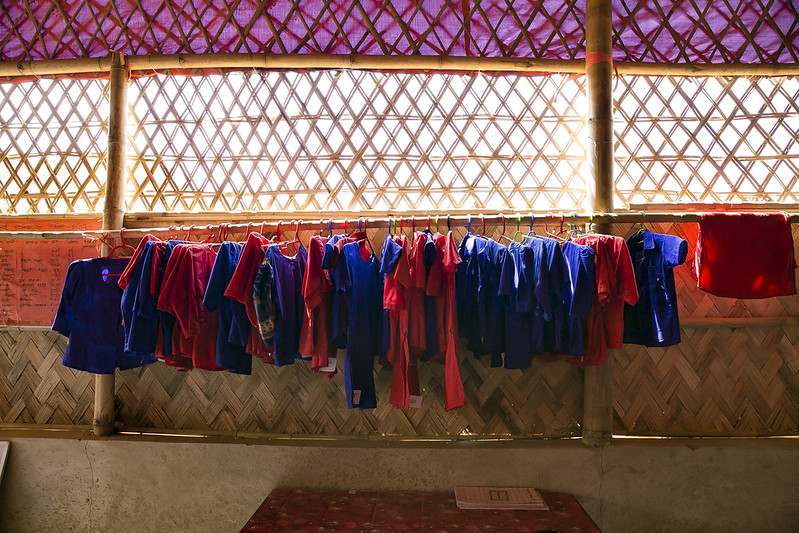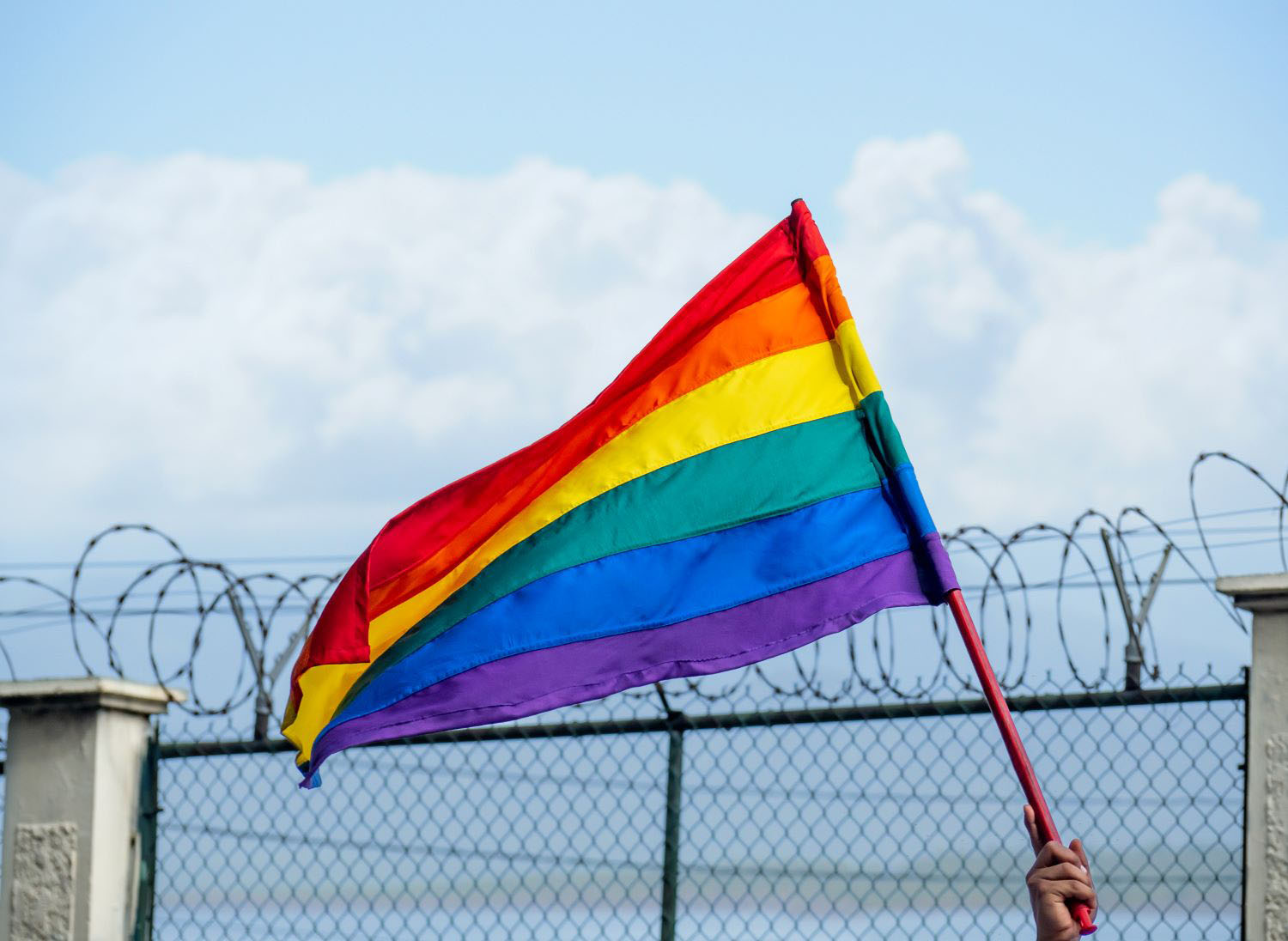Nongovernmental organizations (NGOs) are a critical source of aid and advocacy for the 235 million people facing the devastating impacts of the COVID-19 pandemic, rising political conflict, hunger, and disease outbreaks who are in need of humanitarian assistance and protection. But NGO governance fails to represent the views and reflect the diversity of the people they serve.
Over the past few decades, NGOs have been a driving force behind the strengthening of quality standards, accountability, and safeguarding in programs, leading notably to a Core Humanitarian Standard adopted across the sector. By contrast, the relationship between the governance of NGOs and the people they serve has progressed less.
Governing boards set the strategic direction of humanitarian NGOs. They recruit board members and hire senior officers, address internal crises, and design and approve organizational policy. So we dove into research. Our newly released note and interactive tool highlight a striking lack of diversity in the membership of NGO governing boards.
We hope this project provides an entry point to understanding who actually governs the humanitarian nonprofit sector, interrogating the factors that have led to the current make-up, and initiating a debate around where and how the sector can improve, by diversifying governing boards and meaningfully balancing the influence of trustees, donors and senior leadership, with participation from aid recipients.
How we analyzed humanitarian governing boards
Over the last six months, we have been gathering data on the governing boards of 10 of the largest humanitarian NGOs. In particular, we assessed board members according to two categories—personal characteristics and competencies:
- Characteristics measure diversity, namely the race / ethnicity and gender of board members and whether they come from an aid recipient country.
- Competencies measure particular knowledge and skills, such as experience in the aid sector, policy influence, non-profit leadership, fundraising, and financial management.
Each NGO was provided with the data and given the chance to verify it.
We discovered three key findings in our analysis:
1. Affected populations are not well represented
Only 2 percent of board members have had lived experience as a refugee or surviving another humanitarian crisis, and none are currently aid recipients.
2. NGO boards prioritize administrative management and fundraising over subject-matter expertise
Of the governing boards we assessed, technical financial and administrative management and fundraising were the strongest areas of competency. Professional knowledge of aid programming and policy featured least often of the competencies we measured.
3. Parity is achieved for gender but not other characteristics
As a group, the governing boards nearly reached gender parity, an important achievement that shows how broader movements for diversity and inclusion can have an impact. But they included less diversity in areas of racial, ethnic, and geographic diversity.
Why diversity and representation matter
Demographic diversity has been shown to increase the speed of decision-making, an important capability in crisis response, and one that has been positively correlated with financial performance in the private sector. Through their lack of representation, NGOs miss out on these and other benefits by neglecting to incorporate the views of aid recipients into how their organizations are run. This disparity holds new relevance for the sector as the Black Lives Matter movement has raised questions about racism in humanitarian aid.
The skills and knowledge board members bring to deliberations are also important to mission success. Although we measured only a few competencies, they ranged significantly across governing boards. Having humanitarian expertise represented on the governing boards, along with administrative and nonprofit management experience, could guide organizations operating in difficult contexts. Having diversity in skills and competencies can ensure a variety of informed perspectives are represented in institutional oversight.
There is no ideal model for representation in governing boards that could apply to the breadth of organizations that deliver humanitarian aid. And there may be valid explanations for the combinations of characteristics and competencies currently found on NGO governing boards. But we could not find an explicit rationale for the overall lack of representation of affected populations.
What should happen next?
- Prioritize transparency in governance. Organizations should increase transparency around criteria and processes for board member selection and retention.
- Increase diversity on metrics. Metrics for measuring diversity, equality, and inclusion should be applied at the governance level.
- Continue research on humanitarian governance. Research and dialogue on governance in the sector should continue into how to increase representation.
You can access our interactive dashboard here for a deep dive into humanitarian NGO governance. How would your organization’s board match up?
CGD blog posts reflect the views of the authors, drawing on prior research and experience in their areas of expertise.
CGD is a nonpartisan, independent organization and does not take institutional positions.






